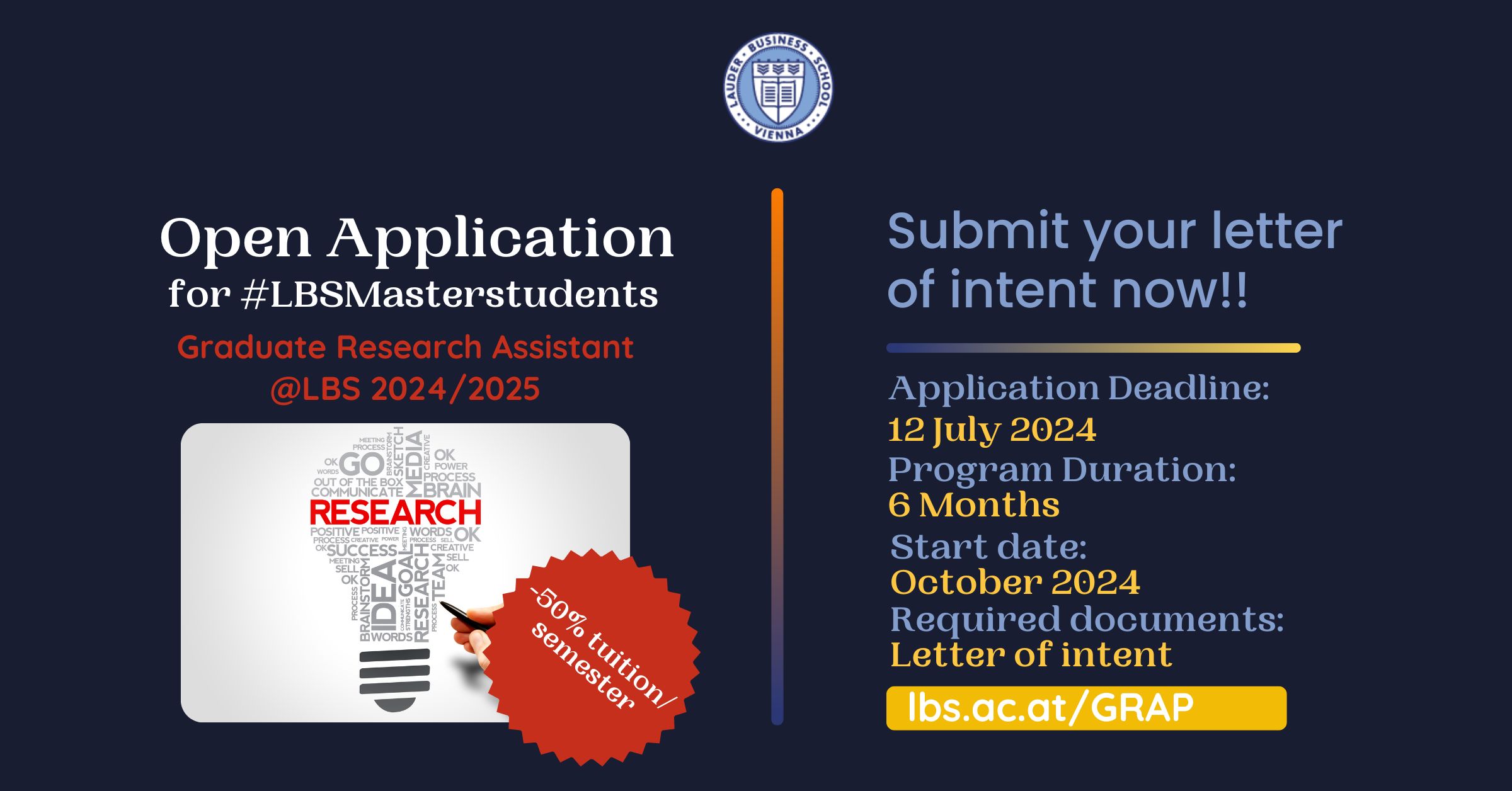
Sure! Here’s an informative article building on your content:
—
# How to Identify Deceptive Statistics in Medical Research: Insights from the Polio Ice Cream Scare
In the 1940s, polio was a feared illness. During summer months, when outbreaks were most prevalent, parents lived in trepidation. Public health guidance was frequently derived from the available information — which sometimes led to incorrect conclusions. A notorious instance involved ice cream. A study indicated a correlation between ice cream consumption and polio cases. Alarmingly, some specialists even advised avoiding ice cream to stave off polio.
However, this recommendation stemmed from a basic statistical misconception: mistaking correlation for causation. Ice cream did not cause polio; rather, both incidents surged during the summer. The researchers fell into a logical trap that is still prevalent today, particularly when analyzing medical research.
This problem isn’t merely a part of history. It’s ongoing — influencing everything from dietary recommendations to the latest miracle treatments. Thankfully, with a bit of skepticism and some fundamental critical thinking, you can learn to identify common statistical blunders on your own. Here’s how:
## 1. Confusing Correlation with Causation
The mere co-occurrence of two events doesn’t imply that one triggers the other.
Consider these real correlations:
– The frequency of Nicolas Cage movie releases correlates with drowning deaths.
– Organic food purchases correlate with autism diagnoses.
– Cheese consumption per capita correlates with incidents of people dying by getting entangled in their bedsheets.
Ridiculous, right? Yet, these instances underscore a significant point: some correlations are mere coincidences or influenced by a third variable — a “confounder.”
When you come across a startling health assertion (e.g., “consuming ___ causes cancer!”), inquire: Could another factor account for both outcomes? Is it simply random coincidence?
## 2. Data Dredging (aka P-Hacking)
Imagine you randomly ask individuals about their preferred snacks and their likelihood of stubbing their toes. By chance, you find a “statistically significant” relationship between pretzel consumption and toe injuries. Should you take it seriously? Probably not.
This is data dredging — evaluating various hypotheses until something appears significant purely by chance.
Researchers usually compute a “p-value” to gauge how probable a result is due to random chance. A p-value below 0.05 is often deemed “statistically significant.” However, even with earnest researchers, if you test 20 different hypotheses, one is bound to seem significant purely by random luck.
Always investigate:
– Did the researchers examine only one hypothesis, or many?
– Did they adjust for multiple comparisons (e.g., by using stricter p-value cutoffs)?
## 3. Small Sample Sizes
Limited studies can yield misleading outcomes. Picture tossing a coin five times and landing heads each time. Does that mean the coin is rigged? Not necessarily — random chance can lead to significant variations in small samples.
Similarly, a medical study with merely 20 participants is far more susceptible to yielding false positives or false negatives compared to one with 2,000 participants.
Consider:
– How many individuals were involved in the study?
– Were the participants representative of the wider population?
– Was the sample truly random?
A small study should prompt additional research, not sweeping generalizations.
## 4. Misinterpreting P-Values
Many people wrongly assume a small p-value signifies a finding is likely accurate.
It does not.
A p-value solely evaluates how surprising the result would be under the assumption that the null hypothesis (no real effect) is true. It does NOT indicate the likelihood that the hypothesis itself is correct — a subtle yet vital distinction.
In fact, a low p-value can still accompany research that is poorly designed, selectively reported, or trivial. Always consider the broader context: replication by independent researchers, plausible mechanisms, and effect size.
Which leads us to…
## 5. Overhyping Small Effect Sizes
Let’s say a pill extends your life expectancy by 30 minutes — if taken daily over 50 years. Technically, it’s a positive outcome. But is it significant? Probably not.
Statistical significance doesn’t always equate to practical relevance.
If a study claims a new diet results in people weighing 0.3 pounds less after a year, and it’s “statistically significant,” remember: minor effects may not hold weight in real-life applications.
Always inquire:
– How substantial is the effect?
– Is it sufficiently large to warrant a change in behavior?
## 6. Overgeneralizing from Group Averages
Suppose a study discovers that, on average, women perform slightly better on verbal memory tests than men. Does that imply every woman excels at verbal memory compared to every man? Certainly not!
Averages refer to groups, not individuals.
Numerous news articles make hasty generalizations (“Men excel in math”; “Women have superior memory”) based on minor average differences, overlooking significant overlap among individuals.
Whenever you encounter assertions regarding gender